Table of contents
Why do we “Reinvent the Wheel” in Lean Six Sigma Projects?
Why do we “Reinvent the Wheel” in Lean SixSigma Project Plan ideas? I took a tour of three different facilities 100 yards from each other. They each had their own Lean Six (6) Sigma projects and plan ideas.
Seeing a “Red Flag”
I took a tour of three different facilities in Juarez that were no more than 100 yards from each other. The facilities were all part of the same organization. These facilities were separate business units and they all had implemented their own “flavor” of CI (Continuous Improvement). This variation I saw in CI deployment methods was the red flag that led me to investigate another line of investigation to get to the potential root problem.
During my tour, I was particularly interested in the current Lean Six Sigma project ideas that each business unit was working on. What I found was a lot of redundancy in the LSS projects between facilities. There were many similar processes between each BU. These processes were experiencing the same problems, and each of the BU’s had their own individual Lean Six Sigma Projects to resolve the same problems. None of the CI teams knew that the other CI teams existed or that they were working on similar projects.

When little (or no) alignment exists
I’ve seen this in many organizations that I have visited in my career. The CI deployment is pushed to the site or BU level and there is little to no communication nor alignment between the BU’s. In an organization with similar processes between BUs or sites, this can lead to a huge waste of resources. It also leads to different improvements implemented to resolve the same problem.
This is partly due to a CI deployment that was not well-planned, and, in many cases, starts because the initial deployment was not a corporate initiative. Many facilities start out with Continuous Improvement at a facility level because the BU leader understood the value. After wins at the BU level, the wins become visible to the “C” level, and then the CI initiative gets picked up at a corporate level. The lack of understanding at the “C” level, of the organization part of the CI methodologies leads to a mandate that each facility implement using local sources to develop their own individual deployment. And this leads to its own variation which is outside the scope of this article. Let us help align your organization’s CI initiative with your Lean Six Sigma Project Plan.
A Major Step to Align CI Initiative
How do you start to align the CI initiative for your sixsigma project?: If you find yourself in the situation described above and you are not at the “C” level, you may find aligning BUs difficult. There is one major step that you can initiate, and those in the “C” level will see the value in implementing a central database for CI Project Data. If you are at the “C” level and you are starting the CI Deployment journey, then implementing a central database for CI Project Data is imperative.
When a CI project idea is developed, what should be your first thought? It should be: “Have we solved this problem already?” A lack of a central repository for project information makes it very difficult to find that information, especially between BUs that do not communicate. We like to use a system called “My Hawkeye.” We have worked with many of the Lean and Six Sigma Project Management Systems and have come to the consensus that “My Hawkeye” is the most effective solution, for a fraction of the cost of others.
A Turn Key System for Alignment
Watch this short YouTube video about the “My Hawkeye” PM system and judge for yourself. Let us help align your organizations CI initiative in your Lean Six Sigma Project Plan Ideas.
1. We all have customers and we all are customers
For your sixsigma project, don’t ever forget that you have customers, but that you are also a customer. If you want to succeed in any project, it’s important to be upfront about what you need from your sponsor, colleagues, process owners, related departments, or other suppliers. This includes timescales for when you need their help. Always communicate these needs clearly and explain the impact on your project and the organization should any of your suppliers fail. That way those who are critical to your success can’t adopt a ‘no impact so no problem if I don’t deliver’ mindset.
Finally, just in case you need one, have a contingency plan in place.
2. Keep your eyes open to improvement opportunities
You won’t always work on strategy-changing projects, but there’s usually the opportunity to make small improvements everywhere. By regularly making small improvements, you’ll witness a significantly more capable process long term. The sum of the parts really can be greater than the whole.
Given advances in technology, best practices, and changing customer needs, there will always be a better way. So make sure you are constantly looking out for these opportunities and encourage others to do the same.
3. Everyone is busy and effort requires a reason
If you want someone to go the extra mile, you’ll need to give them a good reason to. That means you have to be absolutely clear about what you want and when you want it – and match these with why you want it and the direct impact it’ll have on stakeholders (including those you’re canvassing for support).
If your colleagues don’t understand the merits of the destination you’re seeking for your sixsigma project, they won’t join you on the journey and certainly won’t help share the load.
4. Change requires you to capture both hearts and minds
In a world of competing projects and increasingly finite resources, even great ideas need to be sold and sold again. Always keep your stakeholders and what makes them tick in mind, and continuously outline why your idea is attractive – especially to them. Let us help align your organizations CI initiative in your Lean Six Sigma Project Plan Ideas.
Incorporate Pareto’s Law and create your stakeholder strategy in such a way that your project falls within the 20% of activities that will be perceived as having maximum impact. It should not be filed with the majority of change projects that won’t be taken up or explored.
5. A complex analysis requires a simple conclusion
Your analysis is your journey and your conclusions are the destination. However, for business stakeholders, no matter how interesting your journey, it’s the destination they need to know. The simpler your conclusions, the quicker you’ll get their stamp of approval. Lay out our conclusions first and use your analysis to back you up. Always keep it simple and make sure your communication priorities are in that order.
6. Use an advocate to get ahead
When the going gets tough even the tough need support in their sixsigma project. With powerful advocates by your side, implementing organizational change will be easier. Ideally, your advocates should include executives, senior management, project champions, and sponsors, as well as opinion formers at all levels.
If these potential advocates are not on your side, you need to find out why and see what can be done to align their views with yours. This will help you to achieve your goals quicker and get the right backing from the start. Work on this as early as possible to avoid future project stalls and minimize frustration.
7. Perseverance should be admired, but only up to a point
If it takes a lot of effort and time to prove your point, make sure it’s worth it – for you and your sponsor. Persistence is an admirable quality and crucial to success, but it’s important to know when to let it go and move on. You may sometimes have to invest your passion in alternative projects to ensure long-term success, so make sure you stay flexible.
8. Communicate frequently and always seek feedback
The need to communicate may seem self-evident, but it’s important to make sure it’s a two-way process. Sometimes little or no feedback indicates agreement, but it can also mean your message didn’t get through to the right level or has simply been ignored. Not easily accepted in organizations, change is often viewed as just too difficult or dismissed without consideration.
If you need to adapt or put your ideas on hold, so be it. Delayed plans that need to be modified are better than unevaluated suggestions buried without a trace.
9. Perspective is important and yours is one of many
For your sixsigma project, if you don’t explore your stakeholders’ views you’ll never understand their motives. And if you don’t understand their motives, you’re unlikely to engender change. It is important to take into account context, experience, politics, priorities, targets, self-interests, misunderstandings, and the color of everyone’s perspectives. Often real agendas can stay hidden.
So get to know your stakeholders, explore their perspectives, and most importantly, show that you care. You may not always get the whole truth or all of their thoughts, but you’ll get closer if you ask than if you don’t.
Once you truly understand your stakeholders’ perspectives, you’re in good shape to work on points four and six.
10. Use improvement tools to add value and not just tick boxes
As with most things in life, for your project, it is important to use the right tools in your toolbox for Lean SixSigma projects and not just use techniques for the sake of it. You’ll learn how to use tools optimally through trial and error, post-training experience, and by demonstrating your grasp of techniques for Belt certification. Once you’ve selected the right tools, you’ll be surprised at the quality and speed of progress you can then make. Similarly, use DMAIC (Six Sigma methodology) only where it’s warranted. If the solution’s blatantly obvious then ‘just go do it’.
Although improvement projects and activities need to be robust, this doesn’t imply the need for great complexity or a deep analysis on all occasions. Simpler is better – and always remember over-processing is classed as one of the seven deadly wastes in Lean Six Sigma plan. Let us help align your organization’s CI initiative with your Lean Six Sigma Project Plan Ideas.

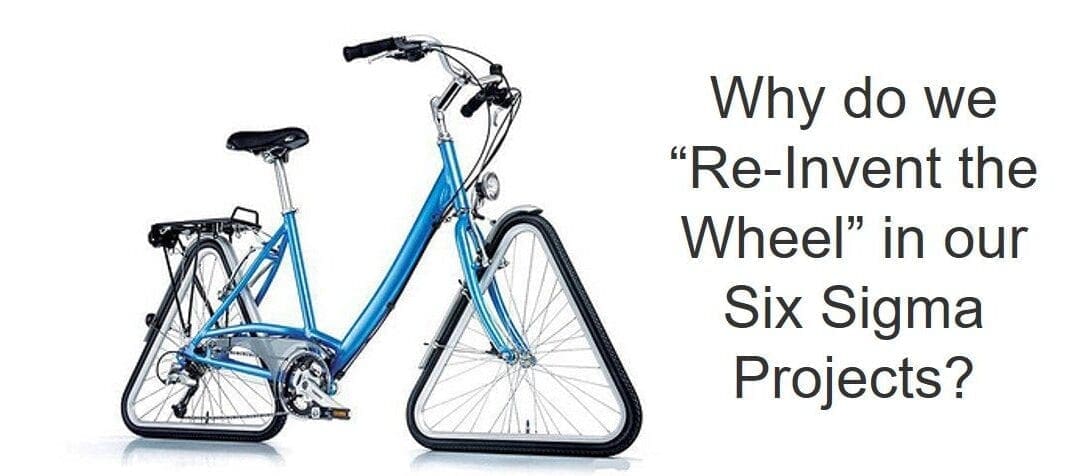



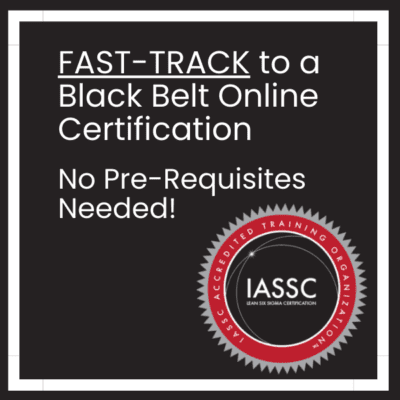

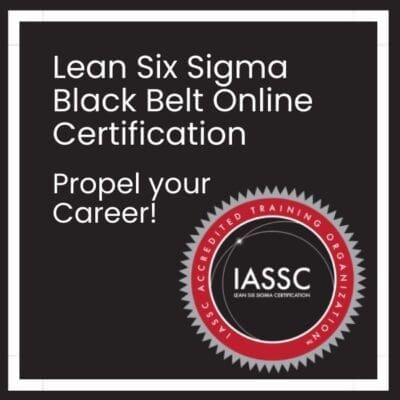


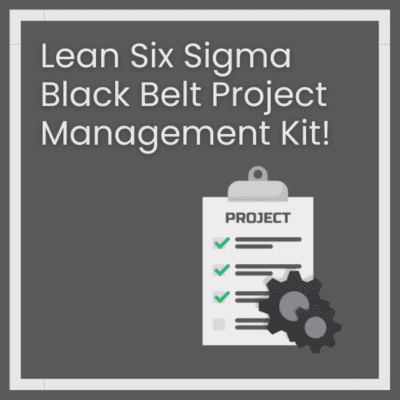

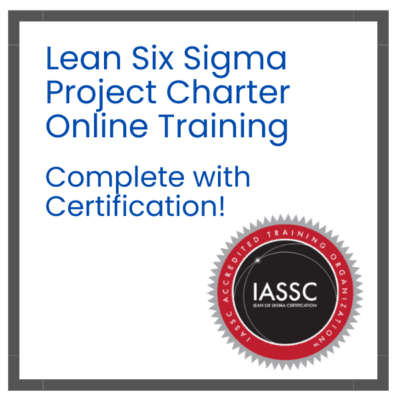
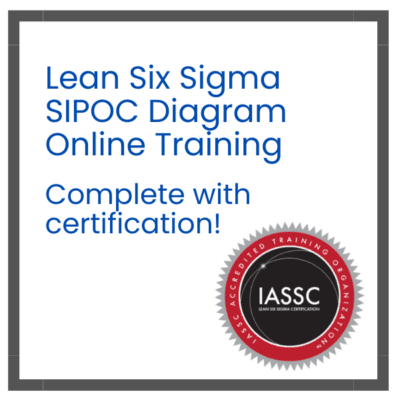
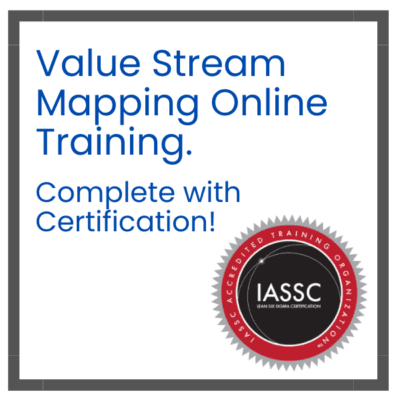
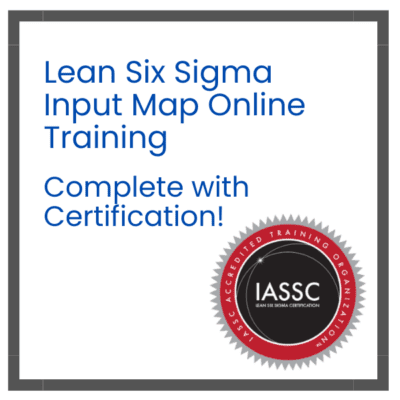
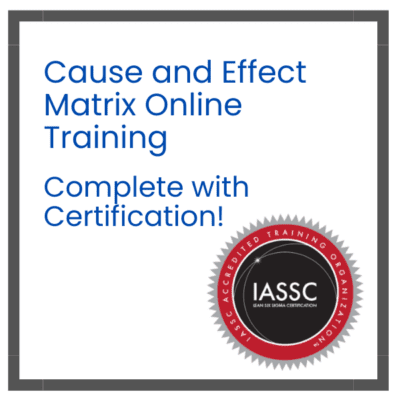
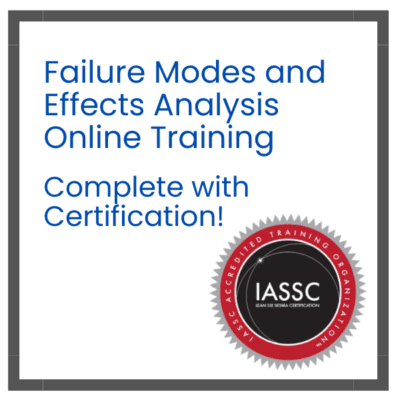
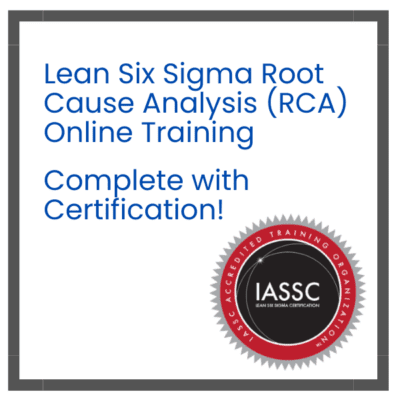
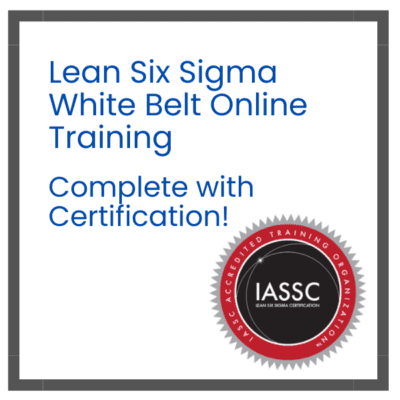
I agree that it would be important to recognize the comment and take action.I ‘m intrigued by Bea’s last suggestion using other tools and I have a question. Are we inviting the group to leave Action Learning and use a different approach altogether? I like many of the other suggestions especially the interventions that focuses on the group deciding on pace. I also like the intervention of using our standard approach on consensus on the problem. If the group is in the solution generating or commitment to action phase, then they reach consensus quicker. The question is a great one.
I do agree with why reinvent the wheel as long as we make sure its the right wheel. Ever too often I have seen it being misused. We got to make sure its the same car and not end up using a tractor tire on a car and forcing it to work. Have seen this all too many times hence all for it with first understand ur vehicle and make sure the wheel fits. 🙂
I agree with your assessment of the problem. Having a ‘Project Office’ or at least 1Black Belt who has responsibility f
…a Black Belt who has responsibility for overseeing and coordinating to share best practices and use Yokoten. Also Minitab has a new product this year, similarly to your Hawkeye, to allow a central repository for multiple project information and over 100 templates and tools. It is called Companion for Minitab.
I have seen this play out in mid-size companies as well.
Another issue that arises in smaller companies is the idea of starting up CI is started by a lower level manager or director. They hire a Black Belt (like myself) to start up a program, but go into cost cutting mode 1-2 months afterwards.
Because they don’t see million $ returns in the first 6 months of starting up a brand new program, they scrap the whole program and blame the Black Belt.
The real problem is that they were too disconnected to begin with and did not have C-Level buyin and support.